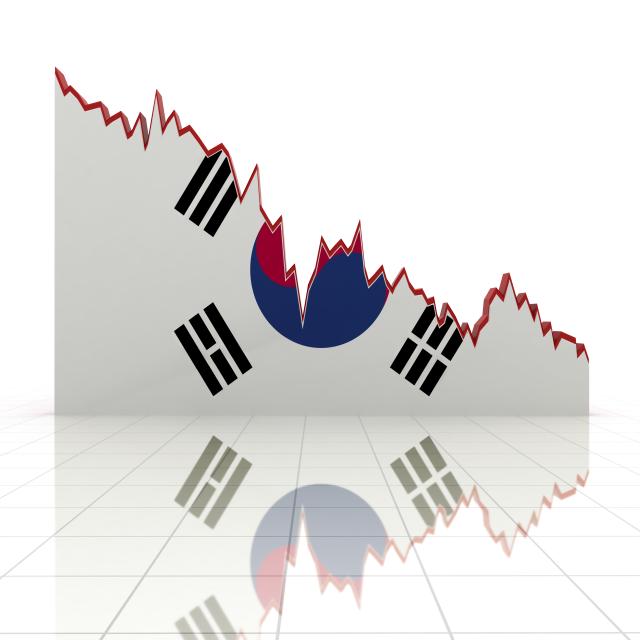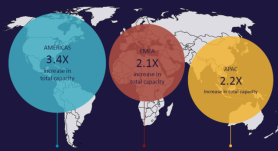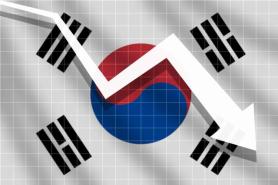
The OECD forecast South Korea’s potential GDP growth rate at 1.98 percent for 2026 — a slight but symbolic decline from this year’s estimate of 2.02 percent.
The revision reflects a broader and more worrisome trend as the country’s growth ceiling has steadily eroded.
Over the 10-year period from 2017 to 2026, South Korea’s potential growth rate is expected to fall by 1.02 percentage points, the seventh-steepest drop among the 37 OECD member countries.
The weakening outlook aligns with estimates from major domestic institutions.
The National Assembly Budget Office has projected potential growth at 1.9 percent for 2025, while the Korea Development Institute places it even lower, at 1.5 percent.
Potential GDP refers to the maximum level of output an economy can sustain without igniting inflation. While less visible than headline growth figures, the metric serves as a crucial gauge of economic vitality — and the direction is now clearly downward.
South Korea's short-term performance has also lagged.
The country posted the slowest GDP growth among 19 major OECD economies in the first quarter of 2025, contracting by 0.25 percent, the Bank of Korea reported on May 11.
Much of the decline is being attributed to demographic headwinds. In a March report, the OECD highlighted South Korea’s collapsing fertility rate as a structural risk, warning that a shrinking workforce and a rapidly aging population could hamper efforts to sustain living standards.
“The impact of a one-percentage-point decline in potential growth may be more severe for advanced economies than for emerging ones,” said Kim Kwang-seok, head of economic research at the Institute for Korean Economy & Industry.
Copyright ⓒ Aju Press All rights reserved.




